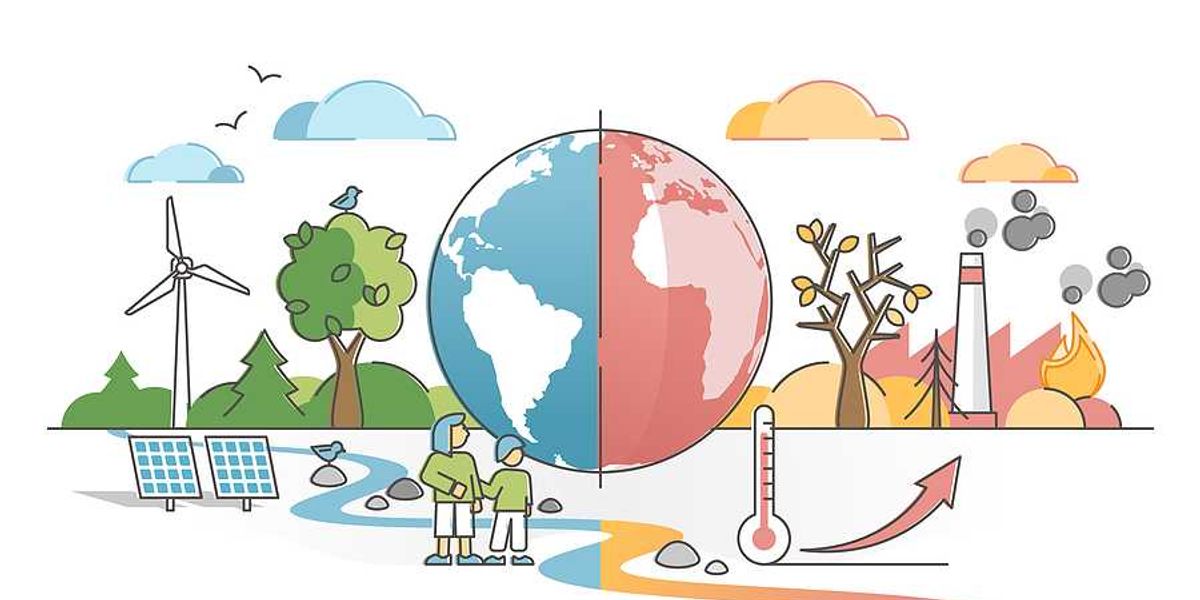
Rising summer heat waves drive unexpected surge in ER visits, study finds
An 11-year review of California hospital records shows hotter days send significantly more people — especially toddlers — to emergency rooms for diverse ailments.
Ruby Mellen reports for The Washington Post.
In short:
- Researchers reviewed 2006-2017 emergency department visits alongside weather data across California’s diverse climates.
- Respiratory distress, nervous-system complaints, and even poisonings rose with temperature, and children under five had the highest per-capita spike in visits.
- While mortality still increased at temperature extremes, morbidity grew earlier and wider, foreshadowing heavier hospital loads as summers warm.
Key quote:
“Hot days can worsen our health far before they lead to deaths.”
— Carlos Gould, environmental health scientist at the University of California San Diego
Why this matters:
Heat once meant discomfort; now it increasingly means disease. Human bodies regulate temperature by shunting blood to the skin and sweating out water, a system that strains the heart, kidneys, and nervous system when outside temperatures hover near or above body temperature. Lab and epidemiological studies link sustained heat exposure to spikes in asthma attacks, electrolyte imbalances, mental-health crises, and accidental injuries as workers tire faster and children misjudge risk. Emergency rooms become the front line, absorbing patients who might otherwise manage chronic conditions at home. Rising nighttime lows compound the danger by denying the body a cooling reset. As fossil-fuel emissions push global temperatures upward, every incremental degree translates into thousands more illnesses and higher health care costs.
Learn more: Heat waves scramble disease risks in ways we’re just starting to understand













